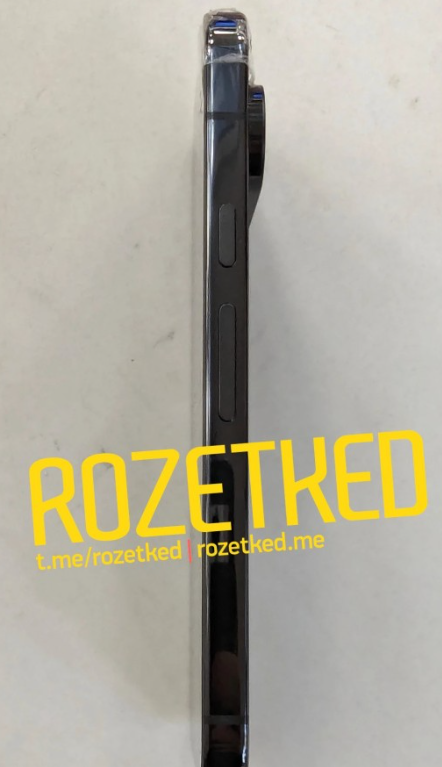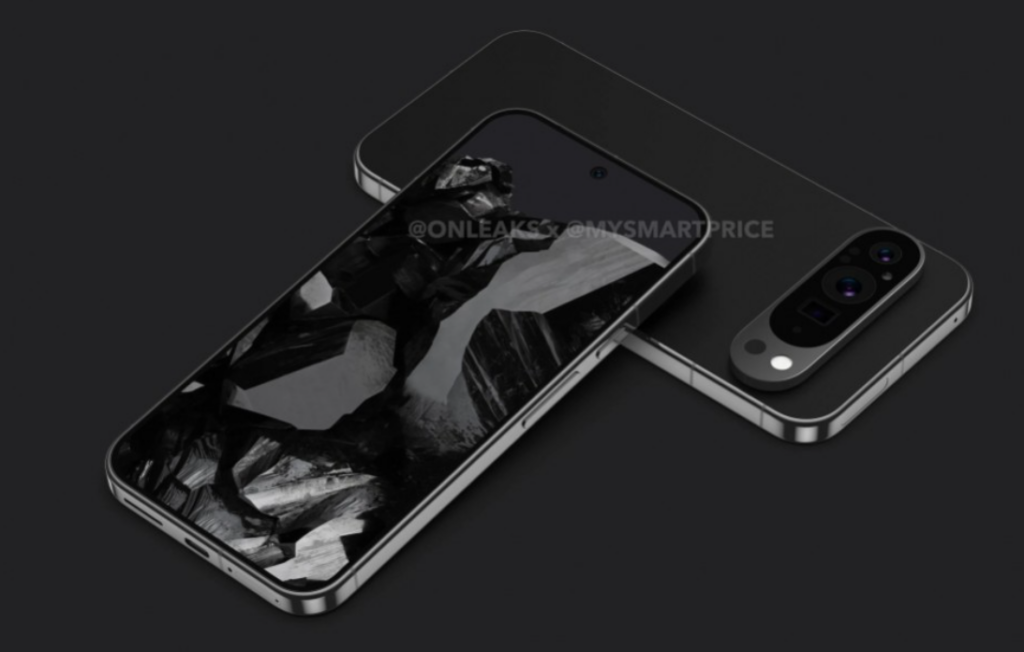Google Pixel 9 Pro Hands-On Images
Google is rumored to unveil at least three new smartphones in October during its annual hardware event: the Pixel 9, Pixel 9 Pro, and Pixel 9 Pro XL. Additionally, the Pixel Fold 2, now reportedly renamed the Pixel 9 Pro Fold, might also be introduced at this event.

Recently, hands-on live images of the Google Pixel 9 Pro surfaced, including a comparison shot next to an iPhone 15 Pro Max. The Pixel 9 Pro XL is expected to be the size successor to the Pixel 8 Pro, while the Pixel 9 Pro will have similar dimensions to the standard Pixel 9 but with enhanced features such as a periscope telephoto rear camera, which is evident in the leaked images. Consequently, the Pixel 9 Pro’s size will be comparable to the iPhone 15 Pro.

The Google Pixel 9 Pro will be powered by the Tensor G4 chipset and will include 16GB of RAM from Micron, which is 4GB more than the Pixel 8 Pro. The device will also feature UFS storage manufactured by Samsung. The Pixel 9 series is expected to incorporate Samsung’s Exynos Modem 5400, offering satellite connectivity support.

A notable design change in the Pixel 9 Pro is its camera bump, which has transitioned from the ‘visor’ style to an oval shape that doesn’t extend to the edges. The area around the LED flash has a larger metal section, and the phone sports a flat polished frame. This redesigned camera module and the other enhancements make the Pixel 9 Pro a significant upgrade in Google’s smartphone lineup.
Published on 06/13/24 1:34 | by Rawa John
Google Pixel 9 Pro Renders Unveil New Camera Island & Latest Camera Display
In October 2023, Google launched the Pixel 8 and Pixel 8 Pro, and is now gearing up for the upcoming Pixel 9 lineup. As per the initial CAD-based renders, the Pixel 9 Pro is expected to feature a smaller screen, flat panels and sides, and a redesigned camera bump that no longer spans the entire width.

Leaked information suggests that the screen size will be reduced to 6.5 inches compared to the 6.7-inch OLED on its predecessor. Despite the smaller screen, the overall body size remains similar, resulting in slightly thicker bezels.

Google has traditionally utilized a wide camera island in the last three generations of Pixel flagships. The new design showcases the shooters arranged horizontally within an oval island. The device will maintain a base thickness of 8.5 mm, but the camera bump will increase by almost 50%, measuring 12 mm at its most prominent point.

While Google has been using an aluminum frame, there’s speculation that the company might shift to the trend of using a titanium alloy, similar to what Apple introduced with the iPhone 15 Pro series and Samsung adopted in the Galaxy S24 Ultra.
Published on 01/30/24 1:48 | by Rawa John











